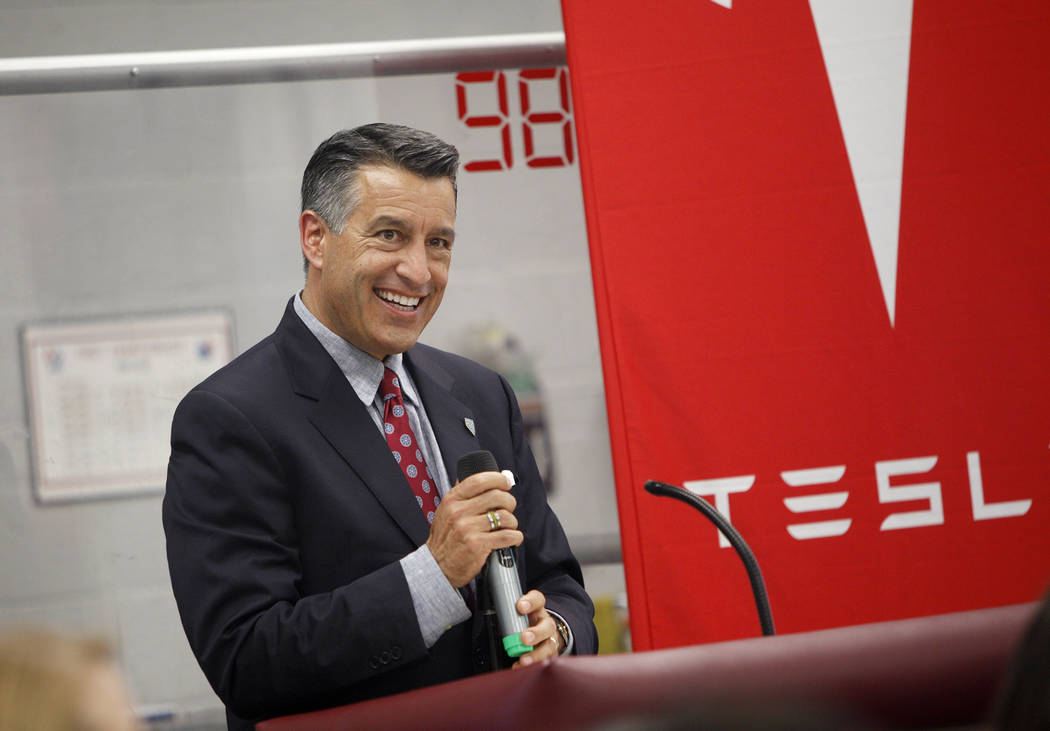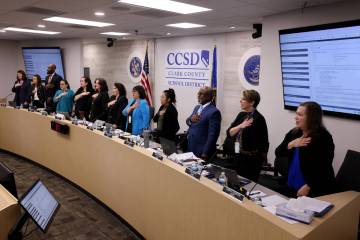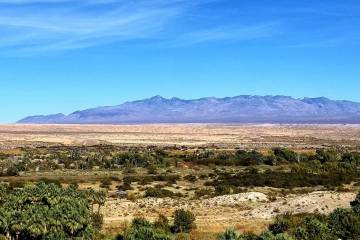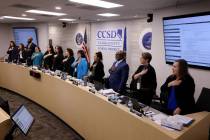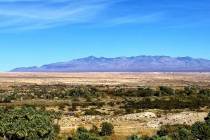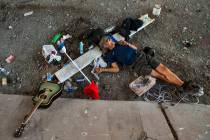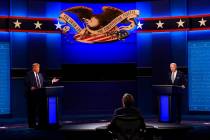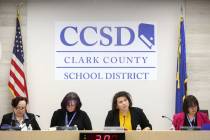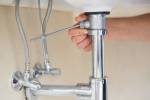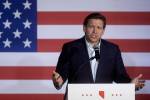EDITORIAL: Nevada’s dried up rainy day fund
The only certainty about the roaring economy is that it can’t last forever. That’s why it’s concerning that Nevada’s rainy day fund is so small.
A recent study by the Pew Charitable Trusts showed that Nevada had just $39 million in its rainy day fund as of June 30, 2017. With a general fund budget of around $4 billion a year, that’s enough to fund state operations for fewer than four days. The median among all states was 20.5 days. Nevada ranked just 44th out of 50 states in terms of how long its rainy day fund could sustain state spending.
That’s sobering stuff, especially considering how reliant Nevada remains on the cyclical tourism and construction industries. The good news is that in the last year, Nevada’s rainy day fund has grown. Mike Willden, Gov. Brian Sandoval’s chief of staff, told the Review-Journal’s Colton Lochhead that the current balance is $221 million or around 17 days’ worth of expenses.
“We would hope that when the new governor comes in, whoever that may be, that they’ll come into a situation where we’ve built some reserves and built some stability in government,” said Willden.
Sandoval’s efforts to build up a healthy reserve fund are important. However, we should not ignore the spending side of the equation.
Just three years ago, Sandoval pushed through the largest tax increase in state history in order to fund a host of new education programs. Those programs will just require funding during a downturn. From fiscal 2015 to fiscal 2019, state general fund spending grew by 22 percent, going from $3.32 billion to $4.06 billion. Some of the tax increase dollars bypassed the general fund and went directly into the education fund.
Nevada also faces increasing spending obligations from expanding Medicaid under Obamacare.
The problem with pushing state spending to max during the boom times is that it maximizes pain during the bust. When revenues drop, state government is obligated to spend more of its general fund backfilling the Distributive School Account. Falling stock market returns make it likely that pension contributions increase. Add that to record spending, and you have the recipe for repeating the budgetary pain of a decade ago. Nevada’s $270 million emergency fund in 2007 didn’t even last three years, despite tax hikes in 2009.
To prevent the next downturn from being so much of a budget crisis, Nevada needs to grow its emergency fund and practice fiscal restraint.



